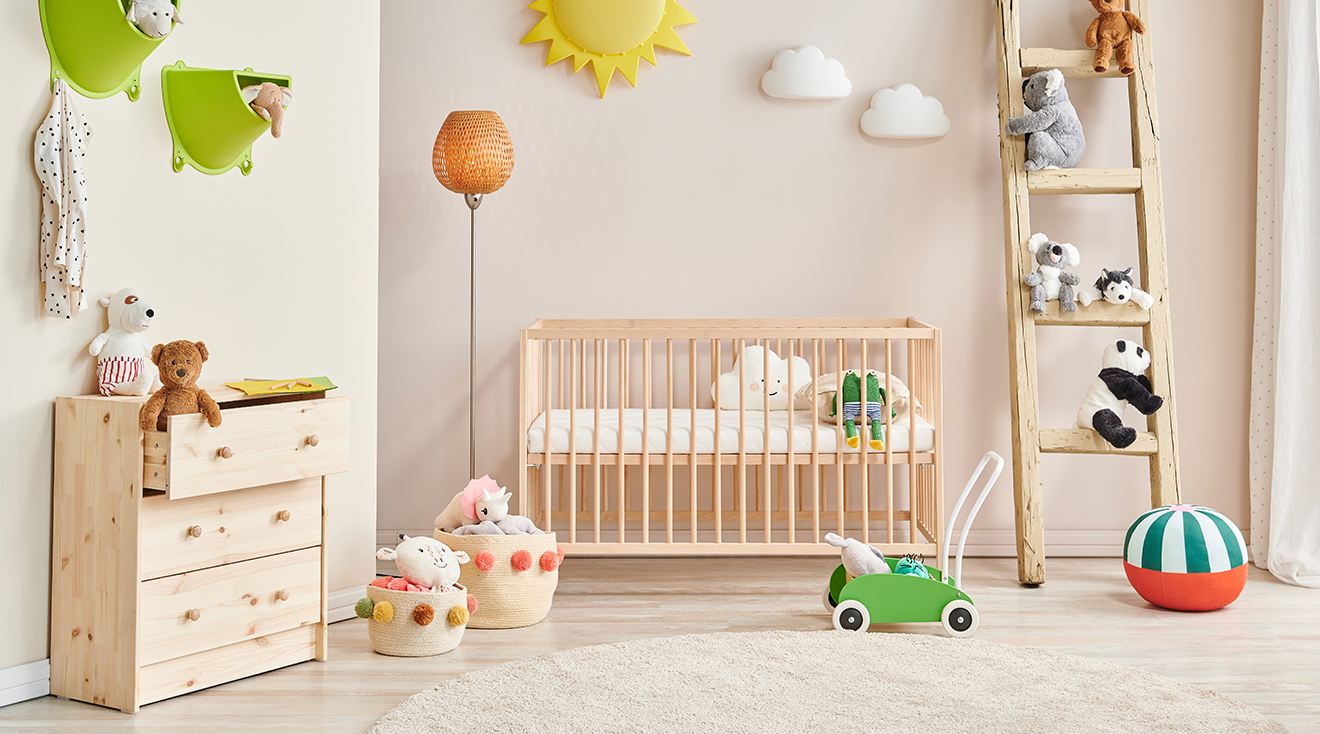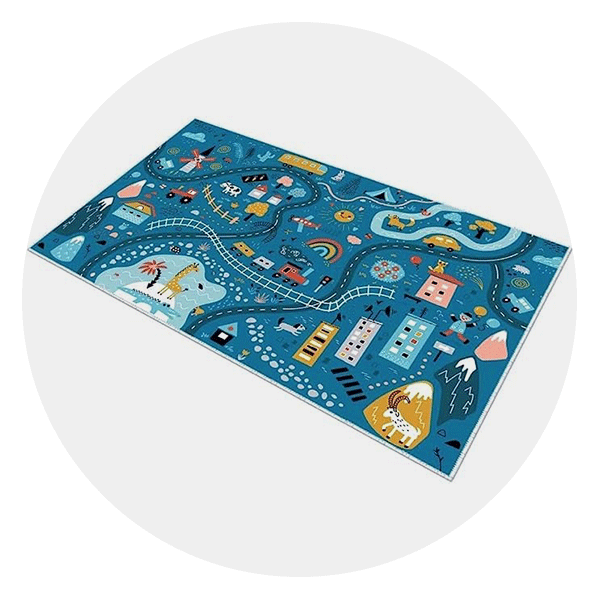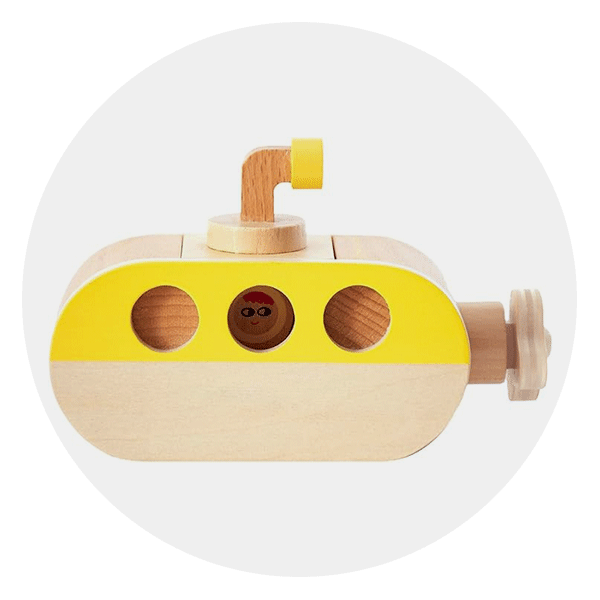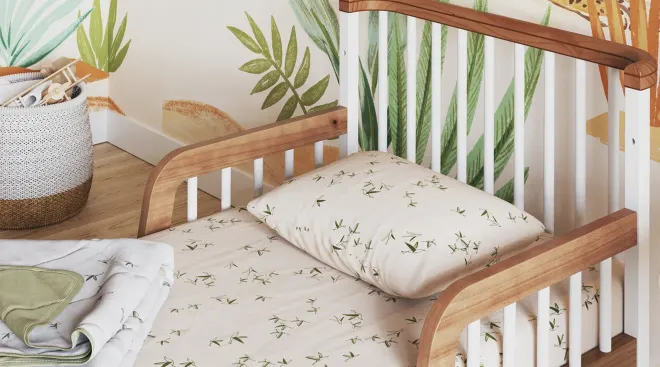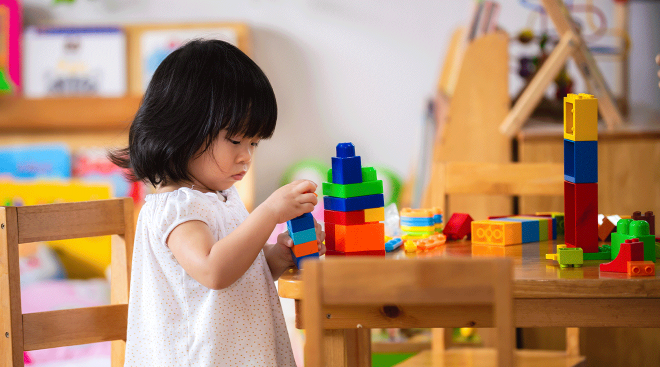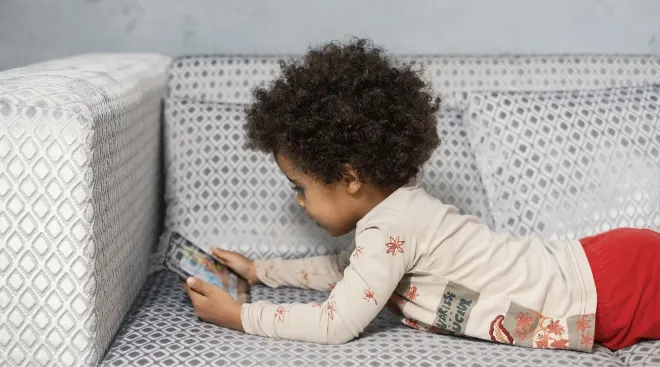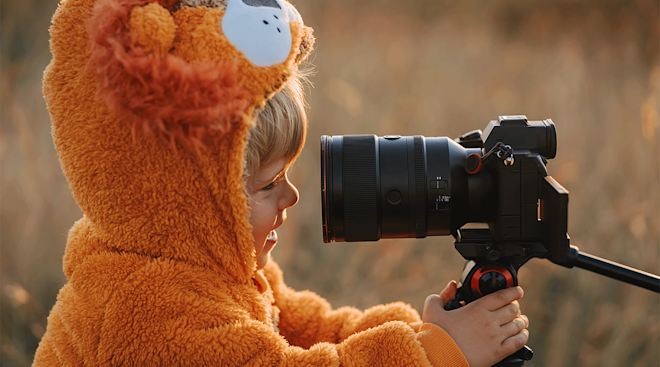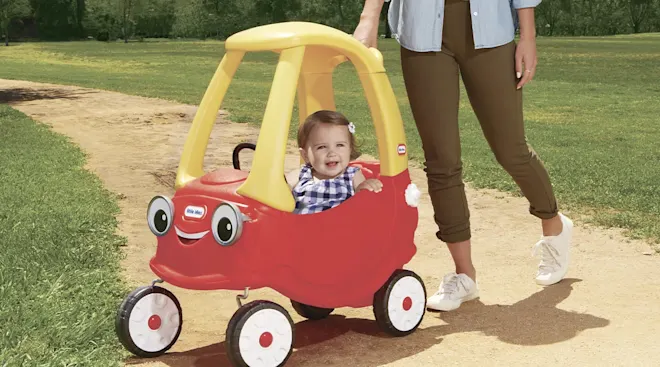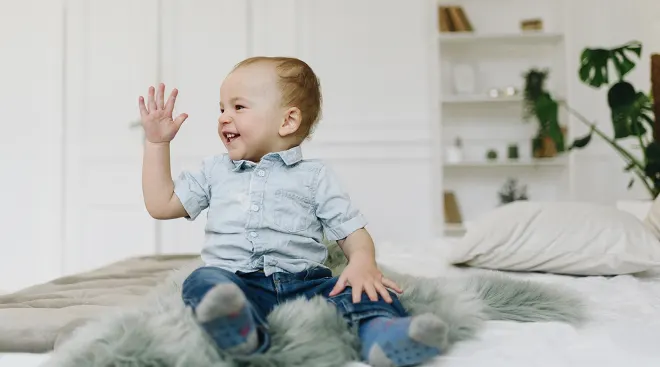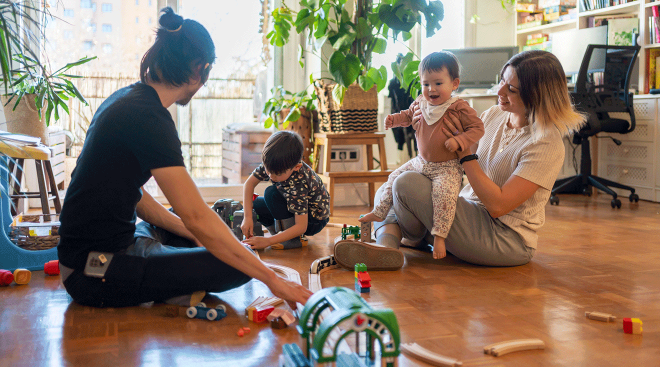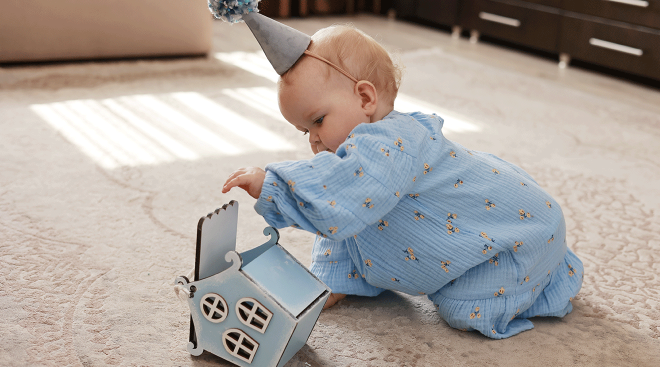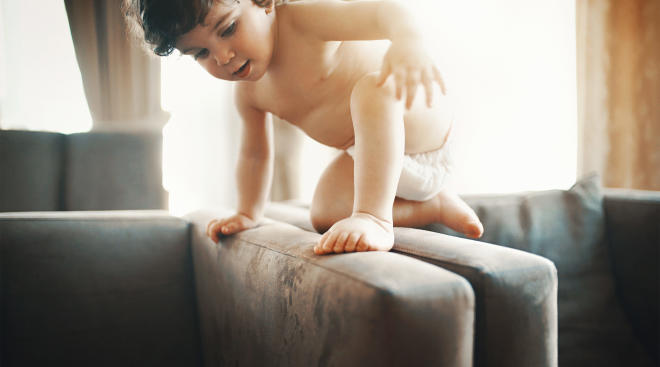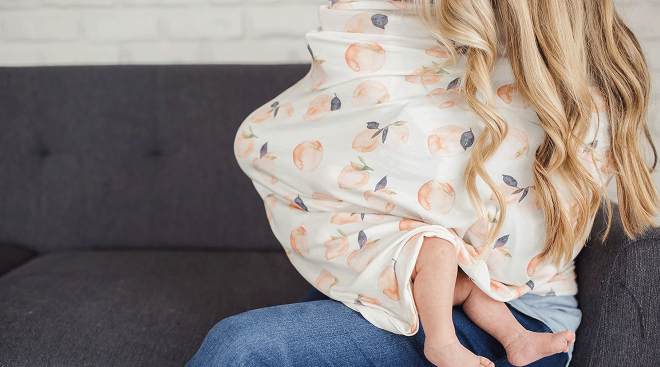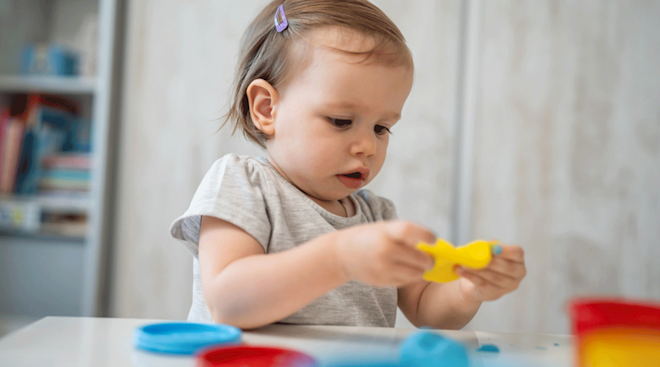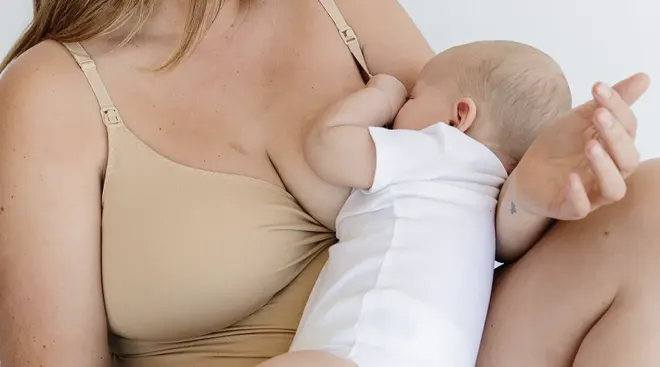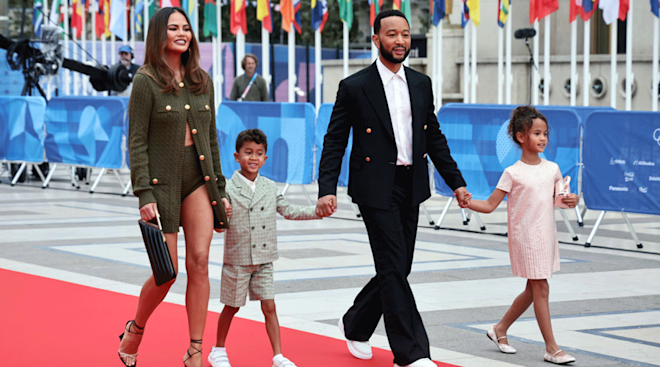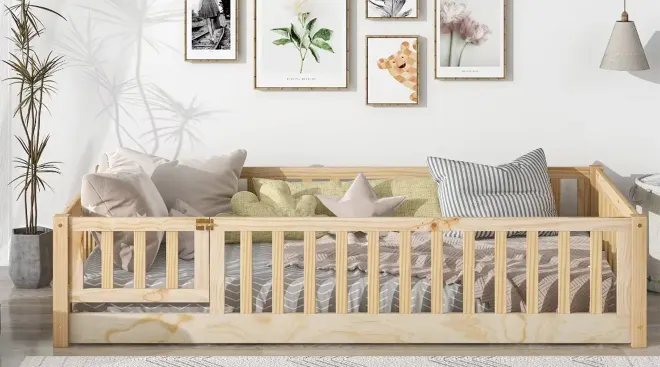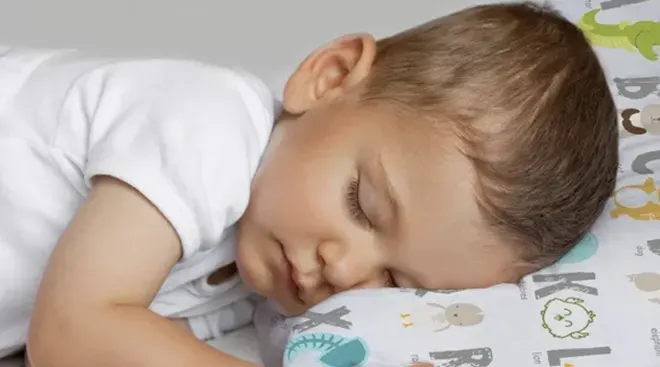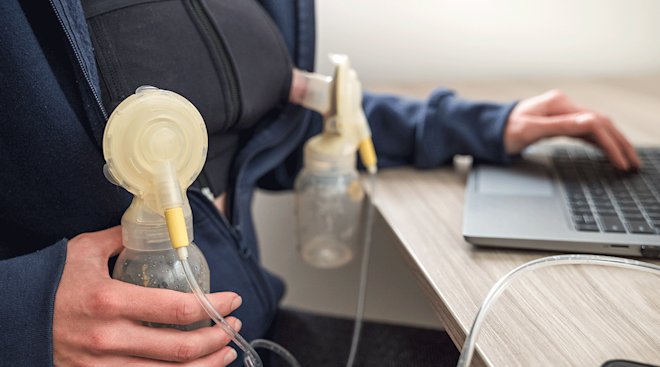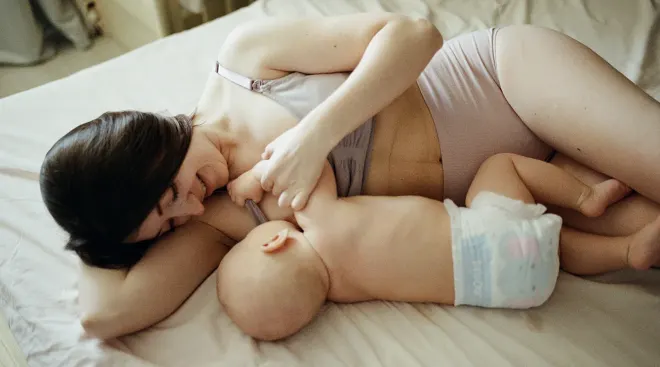From Nursery to “Big Boy Room”: Creating Our Son’s Montessori Bedroom
After over two years of sleeping in our bedroom, our toddler Julian told us he was ready for his own room. It certainly felt like the right time when we asked him, “Do you want your own room?” and, “Do you want to sleep in your own bed?” and he responded with an enthusiastic “Yesss!” While he still needed me to support him to sleep, he was getting bigger and needed more space. He was also taking steps to assert his independence and getting excited about having a room that was all his.
So off to work we went. We decided the right choice for our family was a Montessori bedroom, which meant replacing the crib our toddler never wanted to sleep in—it was just sitting there taking up space, usually with a pile of laundry in it—with a Montessori floor bed. Then, we needed some more Montessori bedroom furniture, so we could make everything comfortable, accessible and on his level.
Whether you’re looking for design inspiration or helpful tips on what to consider if you’re looking to build a Montessori bedroom for your own toddler, keep reading to see the choices we made in our journey.
There are no ironclad rules to how to create a Montessori bedroom, but the goal is to create an environment that’s accessible for your toddler—a room that promotes independence. It’s important, for instance, that they’re able to reach their own toys and books. A Montessori bedroom should also provide a child with an ordered and organized space—The American Montessori Society says that a simple environment can provide a child with not only independence, but also “coordination, concentration and an internal sense of order.”
You also want to make sure the bedroom fits your individual child’s needs. When we designed ours, we wanted to make sure it was comfortable, functional and above all accessible. So of course, the first thing we did was replace the crib our toddler never slept in—we gave it away to friends who are about to have a baby—with a truck-shaped Montessori toddler bed that he would actually use. (More on that later.)
We also added a low-to-the-ground shelf for toys, making sure the shelves held toys he actually plays with. Some parents like to implement a toy rotation to keep their child’s interest up, and we do that from time to time as well, but the basic goal of shelves in a Montessori bedroom is for your child to be able to reach (and put away) toys without assistance. After our changes there was room for an accessible book shelf too, and we chose one shaped like a truck for a fun complement to the truck-shaped floor bed.
We wanted to make sure our son had a Montessori bedroom that would meet our family’s needs, not a cookie-cutter room from Instagram. So we left in some furniture that was already there and served a useful purpose: Our Joybird twin sleeper let us keep an extra bed in the room so one of us could continue co-sleeping while our son transitioned to his own room. The Pottery Barn dresser we’d been gifted as we were building our nursery also stayed; it’s pretty low-to-the-ground, so Julian can already reach his clothes!
Finally, we added some fun finishing touches like wall decals. We wanted the room to feel personal, so it’s colorful and full of transportation: Julian has been obsessed with trains, trucks and airplanes for quite a while, so it doesn’t seem like a short-lived phase. When we first started figuring out how to transform the room, we asked him what he wanted in it, and he said things like “Yellow submarine blanket!” (still not sure where he got that one from!) so we incorporated those elements as well. After all, it’s his room!
Before:
After:
I’ve seen floor beds recommended time and time again by sleep consultants, and we decided to try one out to increase our toddler’s comfort and improve his sleep. Similar to shelves and bookcases, in a Montessori bedroom the bed uses a low-to-the-ground design that gives children more independence and autonomy, allowing them to get in and out of bed themselves. But since they’re on the ground, they also make it easier to support your toddler to sleep: You can easily roll in and out without waking your child.
After we babyproofed the nearby outlets and made sure there were no cords or other dangerous things within reach, our truck bed was ready to go. It was fairly easy to set up; we placed it in the corner because it’s the safest—and most logical—space in the room for a bed. Now came the fun part: Picking some transportation-themed sheets—and, of course, the yellow submarine comforter he asked for!
Montessori Bed
The Harper & Bright Designs Car Bed sits low to the ground, allowing a toddler to get in and out of it on their own. The design was a huge hit with my car-obsessed son, and the pine construction holds up to 250 lbs. (so he's unlikely to outgrow it any time soon). All the tools you need for assembly are included, and the frame fits a standard full-size mattress. One downside: Our toddler almost bumped his head a couple of times getting in and out of the bed through the wooden doorframe. But after we taught him to avoid it, it was smooth sailing from there.
Dimensions: 77.4" (L) x 57.2" (W) x 32" (H) | Material: Pine | Weight: 66.5 lbs.
“For us, a floor bed felt like a safer option than a toddler bed, since our son loves to roll around.”
Now that the bed was sorted out, it was time to furnish the rest of the room. Keeping with the Montessori theme, we wanted furniture that was:
- Easily accessible
- Simply designed
- Multipurpose and versatile, since we have a small space
We started by putting together a Montessori toy shelf that houses all of our toddler’s favorite toys in an accessible way. We went with a Martha Stewart option that turned out to be quite sturdy—and matched the dresser we already owned.
Toy shelves
This Martha Stewart toy organizer was easy to put together: All the tools and hardware you need are included. Made of birch and engineered wood, it's also super sturdy. It features multiple storage sections—most importantly bins, which are great for smaller toys like Legos. It was fairly compact, which made it perfect for our small room; easy to wedge between the floor bed and the twin sleeper. The specific model we got is currently sold out, but this very similar one would work just as well.
Dimensions: 32" (L) x 14.3" (W) x 36" (H) | Material: Birch and manufactured wood | Weight: 47.3 lbs.
“The bins are great for storage.”
Julian loves sitting in the bigger section of this truck bookcase and pretending to drive it—but it’s great for stuffed animals too. (Every night, he says good night to Fire Truck, Taxi and Airplane, all pictured below!)
Accessible bookcase
The first thing that drew us to this truck bookcase is that it's so cute—and it matched the truck bed without being part of a set. It's also compact, which is perfect for the small room. Another aspect we love is the little multipurpose space that's great for stuffed animals, but also has plenty of space for books. Plus, it's super lightweight, so it's easy to move around.
Dimensions: 11.6" (D) x 33.5" (W) x 19.2" (H) | Material: Engineered Wood | Weight: 47.3 lbs.
“The truck bookcase perfectly matches the bed.”
This dresser was already part of the room, but we love the quality and it’s the perfect size for a toddler’s wardrobe. While not expressly designed as a Montessori product, it does tick all our boxes for accessibility and it fits the look of our new room perfectly.
Toddler dresser
The Pottery Barn Kids Kendall Dresser is pricey, but worth it: It's a sturdy, roomy classic that'll stay with you through babyhood, toddlerhood and beyond. For the baby stage, it has a removable topper that secures with metal brackets (although you can also buy it without). It also has easy-to-handle knobs that are great for toddler hands. One downside? At approximately 95 lbs., it's not super easy to move around. And while the top drawers are great for smaller baby clothes, they’re not super practical for anything other than socks beyond the baby stage. It comes with an anti-tip kit so you can secure it to the wall to keep from falling.
Dimensions: 32.5" (L) x 38" (W) x 18.5" (D) | Material: Sap Gum wood and MDF | Weight: 95 lbs.
“It’s the perfect size for all the toddler clothes you might need.”
It should come as no surprise at this point, but a transportation-themed rug was a must for our son.
Play-friendly rug
One of many transportation-themed rugs on Amazon, this one stood out to us because it matches the room's color scheme—and has train tracks. Made of high-density nylon fiber, it's stain-resistant and easy to wash.
Dimensions: 63" (L) x 48" (W) | Material: Nylon
“I love how it doubles as a space to lay train tracks.”
For a Montessori bedroom, it’s important to create a space where your child can comfortably hang out. This custom armchair gives Julian a place all to himself, with his own name on it.
Personalized toddler chair
Our toddler loves having a mini-armchair that looks like an adult chair, but fits his size better. The slipcover easily comes off for washing, and we love the look—and that it can be customized with your toddler's name. The one downside? It's not weighted, and therefore it's easy to tip over.
Dimensions: 25.3" (L) x 21" (W) x 22.5" (H) | Material: Polyester (slipcover); foam (insert) | Weight: 6.8 lbs.
“It’s a great little spot to read (or tumble, if you’re Julian).”
After we put all of the furniture in place, we moved on to decluttering and choosing the Montessori bedroom decor.
Montessori toy organization
Decluttering is a big part of creating a Montessori bedroom, since a minimalist approach keeps things more peaceful and purposeful. We started our Montessori toy organization by giving away all of the baby toys that had already served their purpose—and ones that are redundant or he doesn’t play with. Then, we took stock of what he actually plays with.
In the toy shelf’s bottom bins, we put Julian’s Legos and other blocks for building. While they’re not classically Montessori, he absolutely loves Legos. (And, Legos are considered Montessori toys when they’re used in an open-ended way.) The other compartments contain some of his other favorite puzzles and toys—the Paw Patrol sticker-covered fire truck is a big hit.
Montessori bedroom decor
One of the most rewarding parts of putting together this bedroom was tying the theme together with decor. Julian had outgrown his nursery’s nautical theme and absolutely loved the transportation theme—complete with rockets, planes, submarines and trains (his favorite, if you haven’t caught on yet).
Transportation Decals
This set of wall stickers was easy and fun to apply and take off—you can change your mind a million times. There are lots of options, so it's a great opportunity for a creative project with your toddler. You can either follow the provided template or do whatever you like!
“Julian loved helping me apply the decals, calling out ‘Penguin driving ice cream truck!’ or ‘Panda in an ambulance!’ and giggling.”
The yellow submarine toy was a whimsical last-minute addition; we got it so we’d have something to match his yellow submarine blanket.
Wooden toy
Made of high-quality wood and from a trusted brand that's been around since 1978, Manhattan Toy's yellow submarine set doubles as a decor piece and an engaging toddler activity. With a narwhal, octopus, whale and more, your little one can create their own under-the-sea scene. In keeping with our Montessori theme, this toy is made from natural materials, and represents a real-life vehicle.
“Julian enjoyed sticking the little parts of it into the yellow submarine and closing the top.”
Planning for a small Montessori bedroom
Since this room—which used to do double duty as a nursery and my husband’s office—is roughly 14 by 11 feet, it was important for us to maximize space. Here are a few tips to keep in mind when working with a small space:
- Plan and measure. When taking stock of what furniture and rugs you need, make sure everything fits with room to spare. Draw up a rough floor plan if it helps you visualize things.
- Only display what you use. Take out what you really need on a daily basis and put the rest in storage—or, better yet, donate it if you know you won’t use it.
- Think of how you use the space on a daily basis. We primarily use this bedroom for sleeping, although Julian spends an hour or so in it daily before bed and a couple of hours on the weekends. So we prioritized the bed and kept the toys minimal—there are other play areas throughout the house.
- Implement a toy rotation. This will keep your toddler from getting bored—and keep you from buying lots of new toys. Plus, offering a curated selection of toys allows your child to more deeply concentrate on the toys at hand.
Our labor of love is very much a work in progress: For example, it would be helpful to have a dressing area with hanging clothes. But what we’ve created works well for our home—and, most importantly, our toddler seems to love it.
About the writer:
Natalie Gontcharova is the senior editor of lifecycle content at The Bump, where she develops ideas, reports, writes and edits content about pregnancy and new parenting. She is passionate about providing informative, nonjudgmental service journalism for people who are navigating pregnancy or those topsy-turvy first months and years. Her own pregnancy and parenting journey—one with many unexpected twists and turns—has inspired her to want to help others find advice and solutions that work for them, so they can feel supported along the way. Natalie lives in Alexandria, Virginia, with her husband and son.
Plus, more from The Bump:
American Montessori Society, The Importance of a Simple Environment, Spring 2018
Whitby School, 12 Montessori Toys to Help Your Child Learn Through Play
Learn how we keep our content accurate and up-to-date by reading our medical review and editorial process.
Navigate forward to interact with the calendar and select a date. Press the question mark key to get the keyboard shortcuts for changing dates.
































